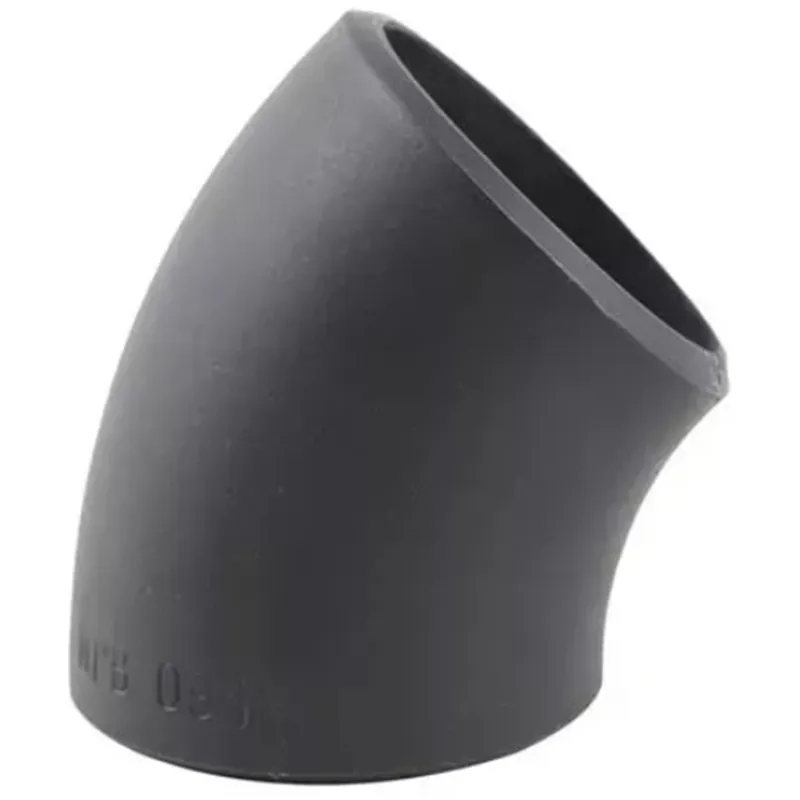-
Cangzhou Yulong Steel Co., Ltd.
-
Phone:
+86 13303177267 -
Email:
admin@ylsteelfittings.com
- English
- Arabic
- Italian
- Spanish
- Portuguese
- German
- kazakh
- Persian
- Greek
- French
- Russian
- Polish
- Thai
- Indonesian
- Vietnamese
- Zulu
- Korean
- Uzbek
- Hindi
- Serbian
- Malay
- Ukrainian
- Gujarati
- Haitian Creole
- hausa
- hawaiian
- Hebrew
- Miao
- Hungarian
- Icelandic
- igbo
- irish
- Japanese
- Javanese
- Kannada
- Khmer
- Rwandese
- Afrikaans
- Albanian
- Amharic
- Armenian
- Azerbaijani
- Basque
- Belarusian
- Bengali
- Bosnian
- Bulgarian
- Catalan
- Cebuano
- China
- China (Taiwan)
- Corsican
- Croatian
- Czech
- Danish
- Esperanto
- Estonian
- Finnish
- Frisian
- Galician
- Georgian
- Kurdish
- Kyrgyz
- Lao
- Latin
- Latvian
- Lithuanian
- Luxembourgish
- Macedonian
- Malgashi
- Malayalam
- Maltese
- Maori
- Marathi
- Mongolian
- Myanmar
- Nepali
- Norwegian
- Norwegian
- Occitan
- Pashto
- Dutch
- Punjabi
- Romanian
- Samoan
- Scottish Gaelic
- Sesotho
- Shona
- Sindhi
- Sinhala
- Slovak
- Slovenian
- Somali
- Sundanese
- Swahili
- Swedish
- Tagalog
- Tajik
- Tamil
- Tatar
- Telugu
- Turkish
- Turkmen
- Urdu
- Uighur
- Welsh
- Bantu
- Yiddish
- Yoruba

Jul . 25, 2024 04:30 Back to list
Understanding the Specifications and Applications for a One-Inch Pipe Flange in Various Industries
Understanding 1 inch Pipe Flanges A Comprehensive Overview
When discussing piping systems in industrial applications, one of the essential components that engineers and technicians often encounter is the pipe flange. In this article, we will delve into the specifics of a 1-inch pipe flange, exploring its definition, types, applications, and the integral role it plays in ensuring secure and efficient piping connections.
What is a Pipe Flange?
A pipe flange is a mechanical component used to connect two sections of pipe or a pipe to a fitting, valve, or other equipment. Flanges provide a reliable means of joining piping systems and offer easy access for maintenance and inspection. They come in various sizes, materials, and pressure ratings. The 1-inch pipe flange specifically refers to flanges designed for pipes with a nominal diameter of 1 inch.
Types of Pipe Flanges
There are several types of pipe flanges, each suited to particular applications and environments. The most common types include
1. Weld Neck Flange This type of flange is typically used in high-pressure systems. It features a long neck that allows for a smooth transition between the flange and the pipe, enhancing strength and reducing the risk of leakage.
2. Slip-On Flange As the name suggests, this flange slips over the pipe and is welded in place. It is easier to align and install, making it a popular choice for lower-pressure applications.
3. Blind Flange This flange is used to seal the end of a piping system. It does not have a hole in the center, making it useful for blocking off sections of pipe and allowing for future access if necessary.
4. Socket Weld Flange This flange is designed for smaller diameter pipes, typically under 2 inches. The pipe is inserted into the flange socket, which is then welded around the joint.
5. Threaded Flange These flanges come with internal threads that allow them to be screwed onto the piping. They are convenient for applications where welding might be difficult or impractical.
1 inch pipe flange

Applications of 1-Inch Pipe Flanges
1-inch pipe flanges are utilized across various industries, including
- Oil and Gas In pipelines that transport crude oil and natural gas, 1-inch flanges are used to connect various sections, ensuring safety and structural integrity.
- Water Supply Municipal water systems often employ 1-inch flanges in their piping networks, facilitating efficient water distribution.
- Chemical Processing The chemical industry relies on precise connections to handle different solvents and acids, making flanges vital in these processes.
- HVAC Systems Flanges are essential in connecting ducts and piping within heating, ventilation, and air conditioning systems.
Importance of Proper Flange Selection
Selecting the correct flange involves considering factors such as pressure rating, material compatibility, and the specific requirements of the application. Using the wrong type of flange can lead to system failures, leaks, and costly downtimes. Therefore, understanding the specifications and limitations of a 1-inch pipe flange can significantly impact the overall performance and reliability of a piping system.
Conclusion
In conclusion, the 1-inch pipe flange is a fundamental component in various industrial applications. Its ability to create secure connections between pipes and equipment is crucial for maintaining the integrity of piping systems. By understanding the types, applications, and importance of selecting the right flange, professionals can ensure optimal performance in their projects. Whether it’s in oil and gas, water supply, or chemical processing, the role of pipe flanges cannot be overstated.
Latest news
-
ANSI 150P SS304 SO FLANGE
NewsFeb.14,2025
-
ASTM A333GR6 STEEL PIPE
NewsJan.20,2025
-
ANSI B16.5 WELDING NECK FLANGE
NewsJan.15,2026
-
ANSI B16.5 SLIP-ON FLANGE
NewsApr.19,2024
-
SABS 1123 FLANGE
NewsJan.15,2025
-
DIN86044 PLATE FLANGE
NewsApr.19,2024
-
DIN2527 BLIND FLANGE
NewsApr.12,2024
-
JIS B2311 Butt-Welding Fittings LR/SR 45°/90° /180°Seamless/Weld
NewsApr.23,2024











